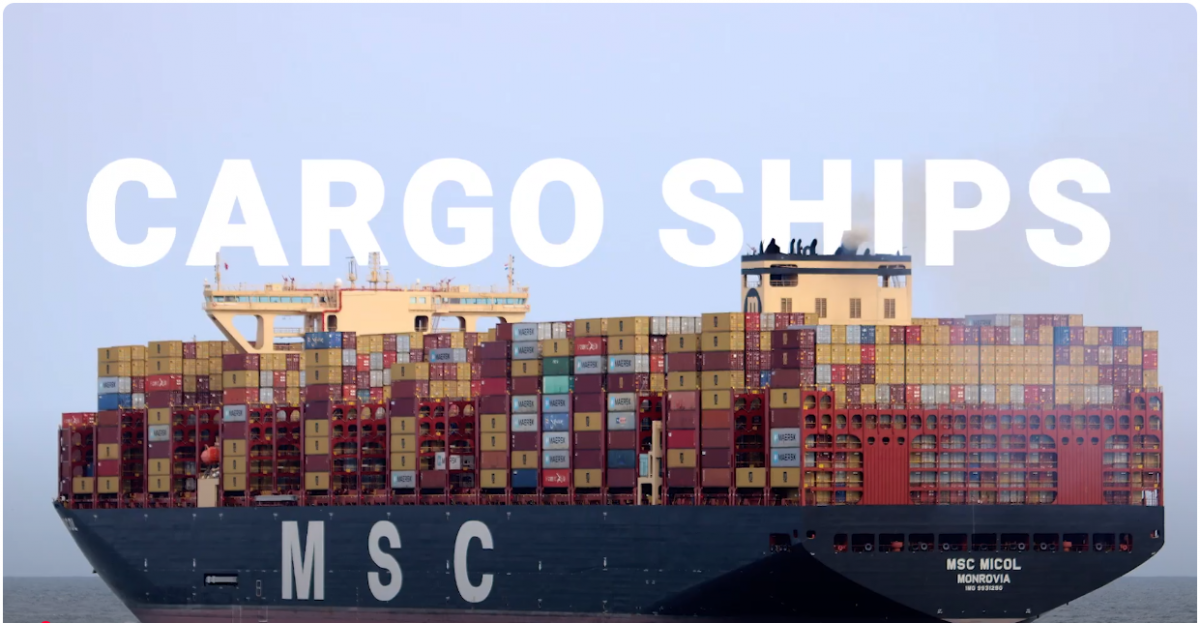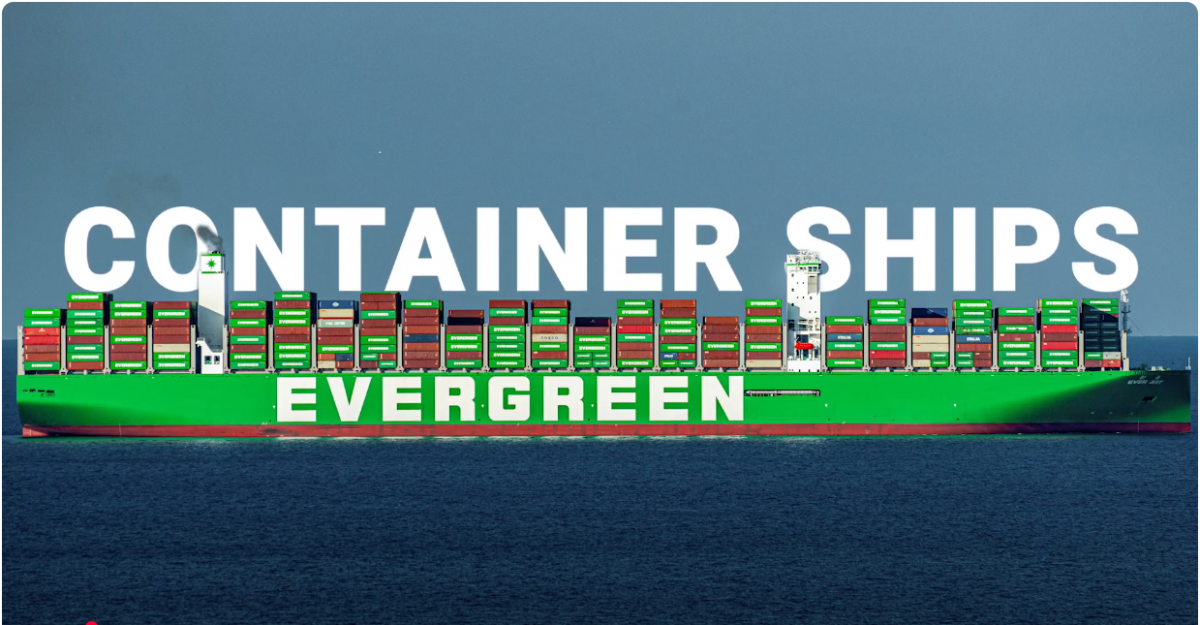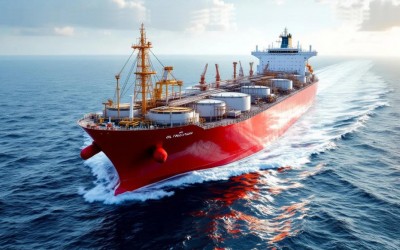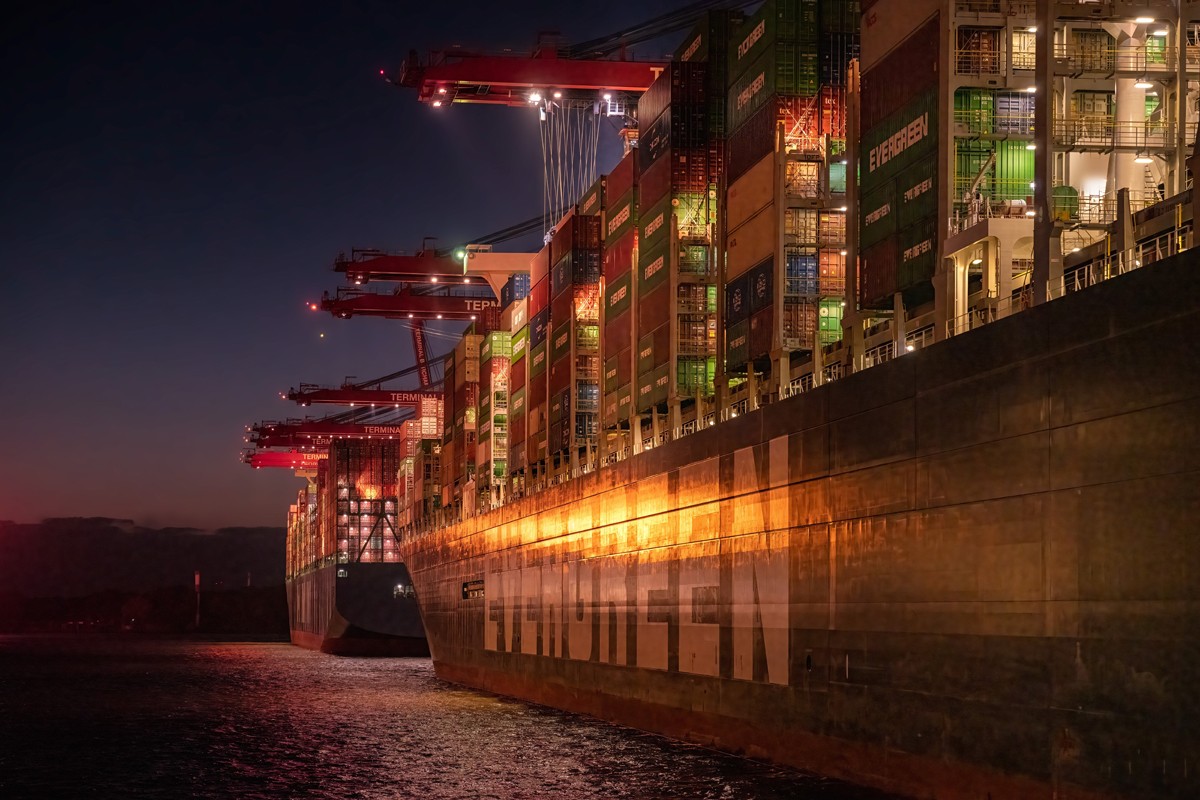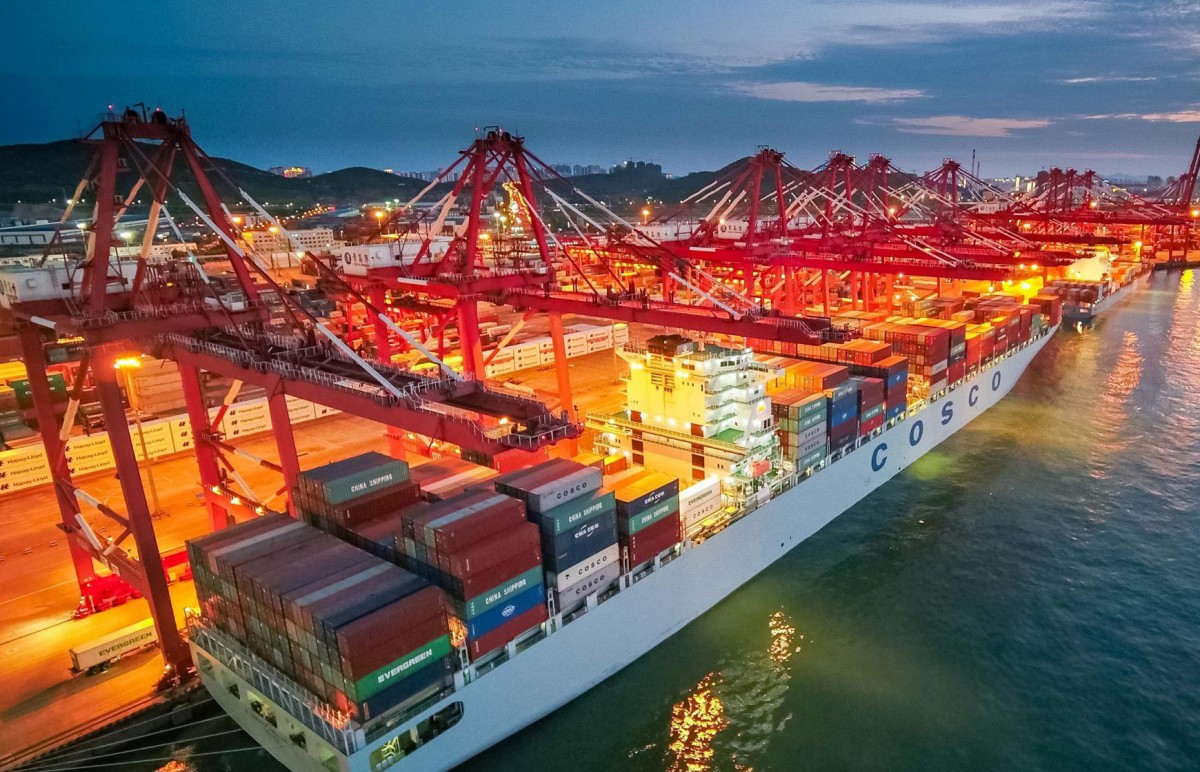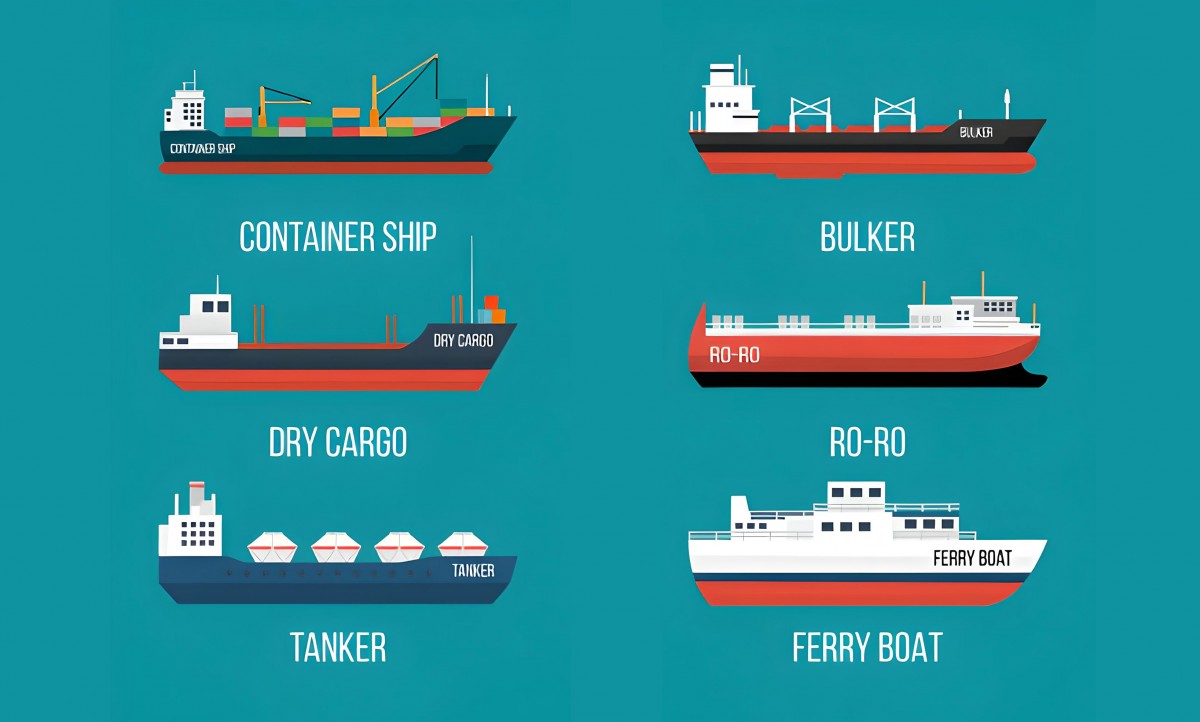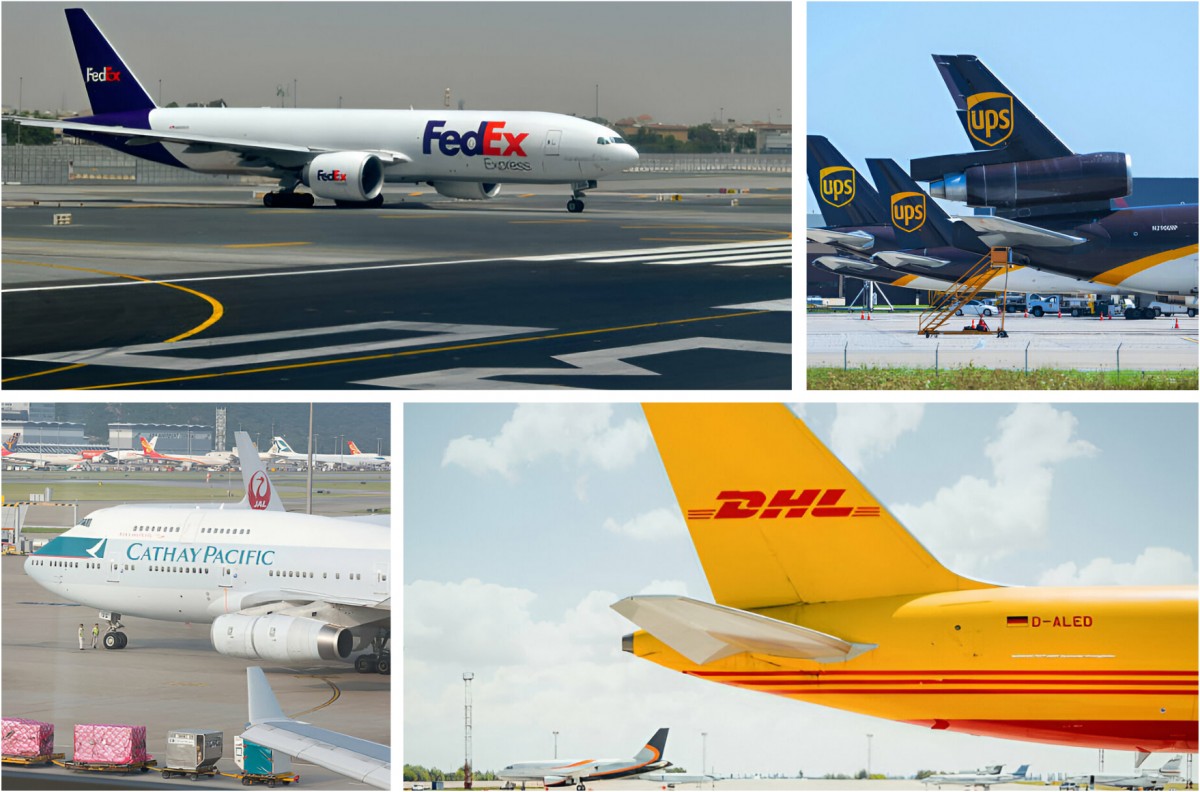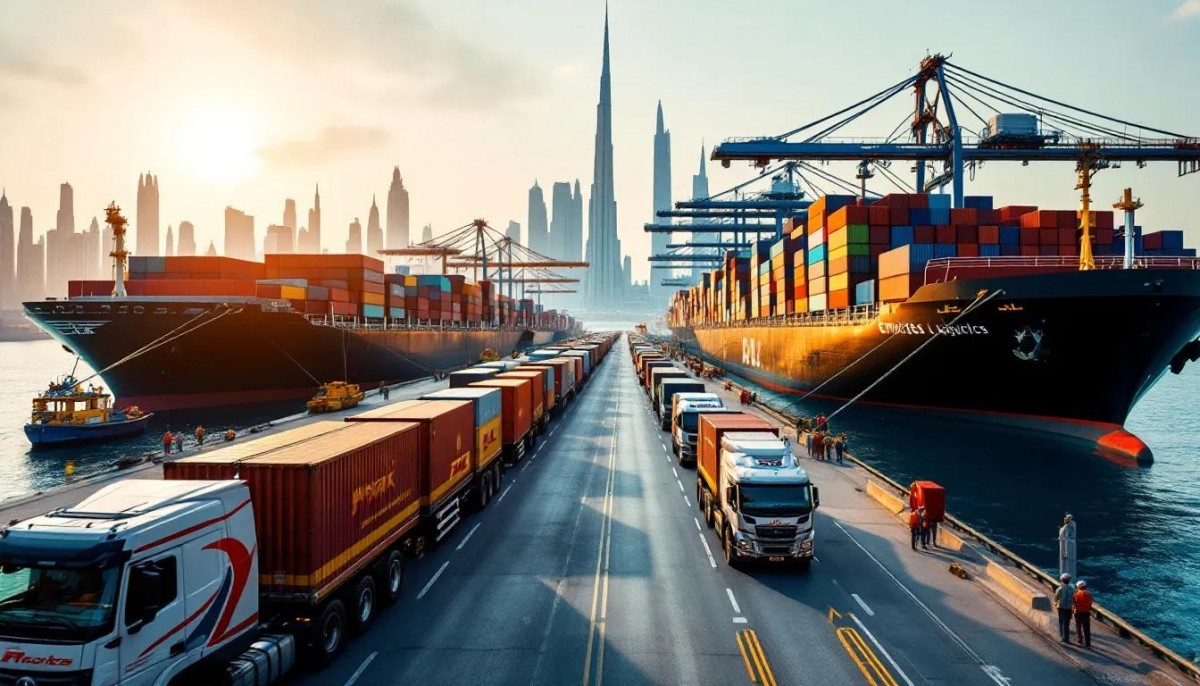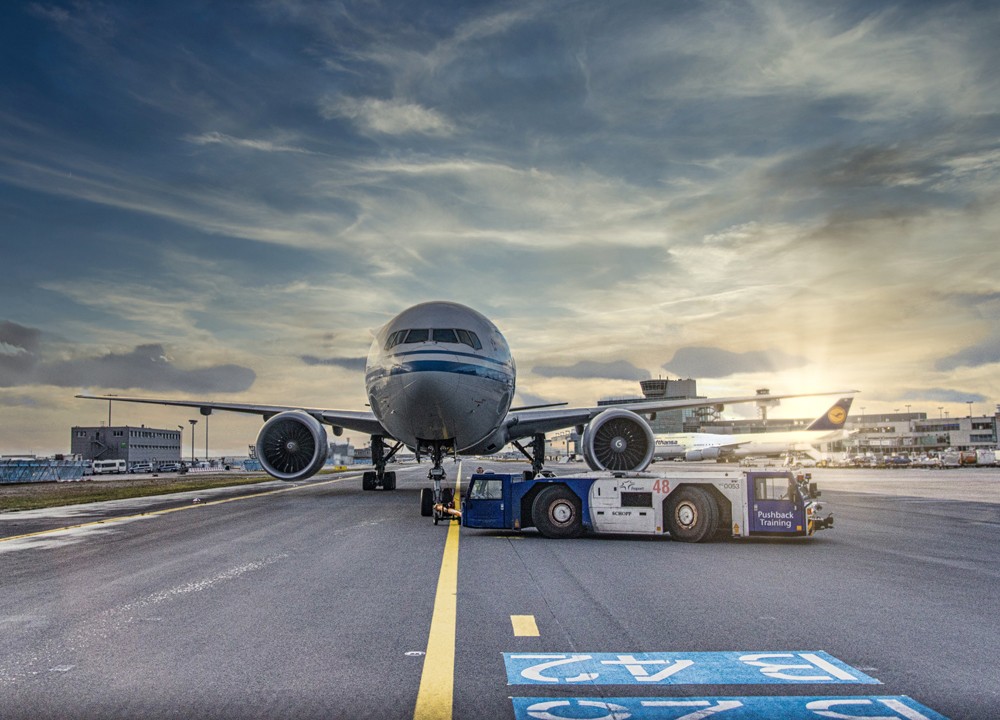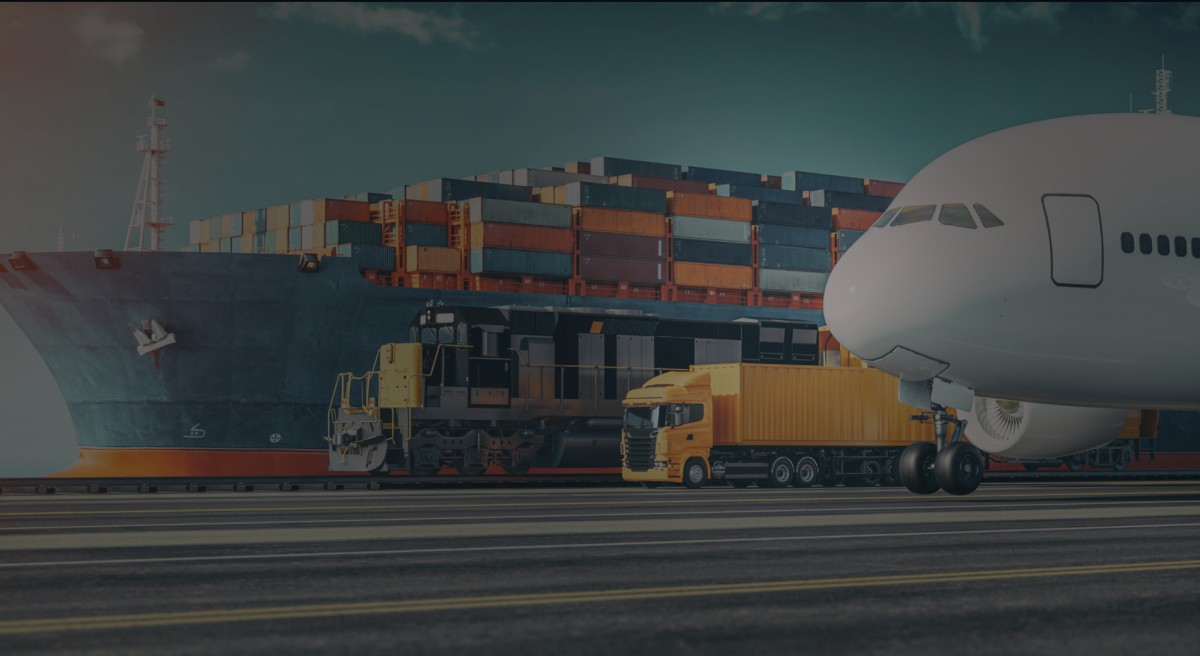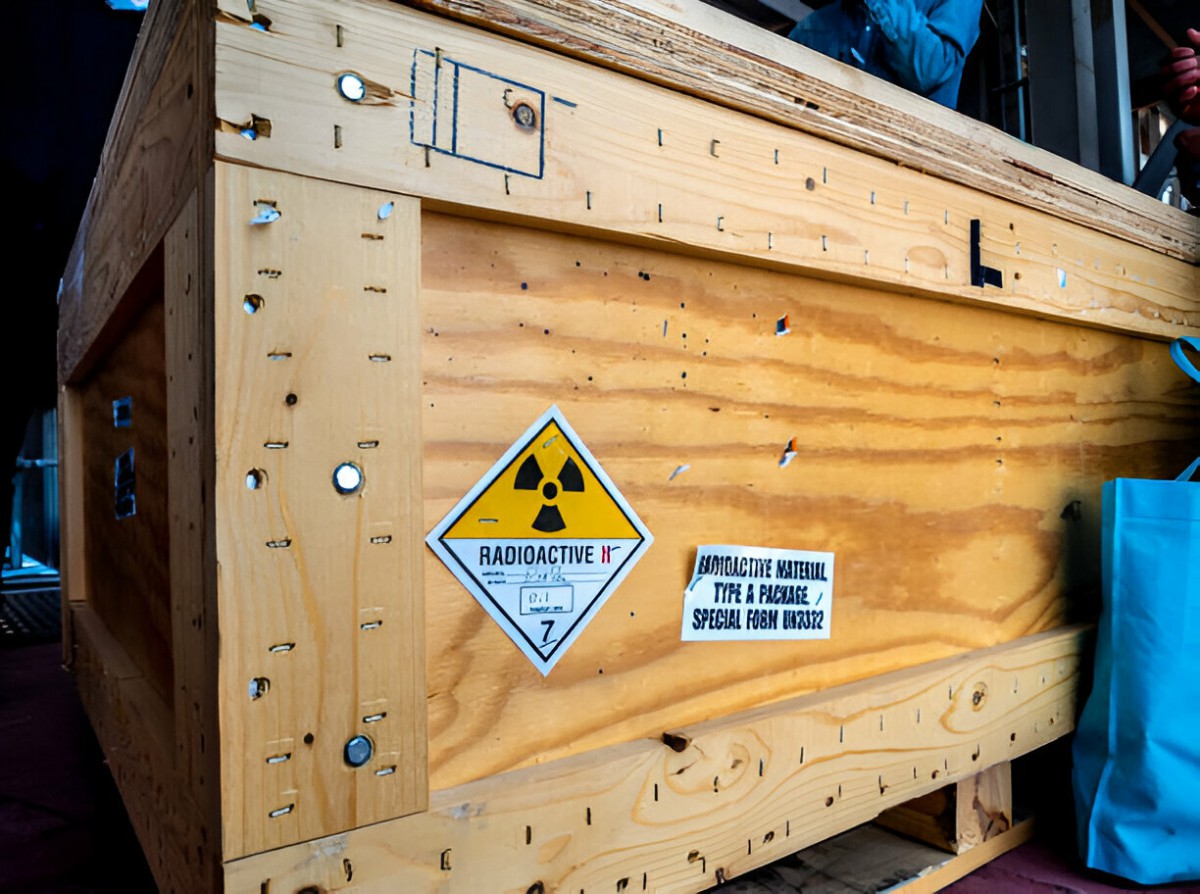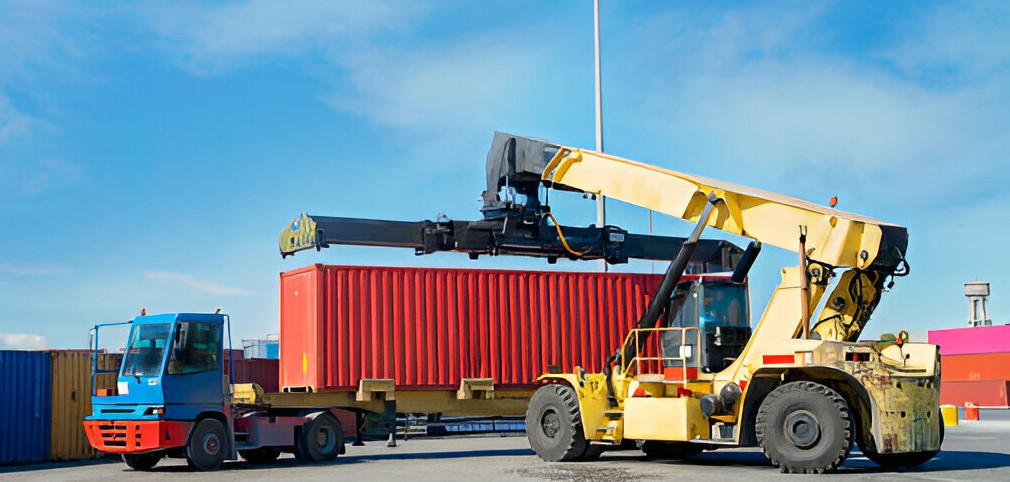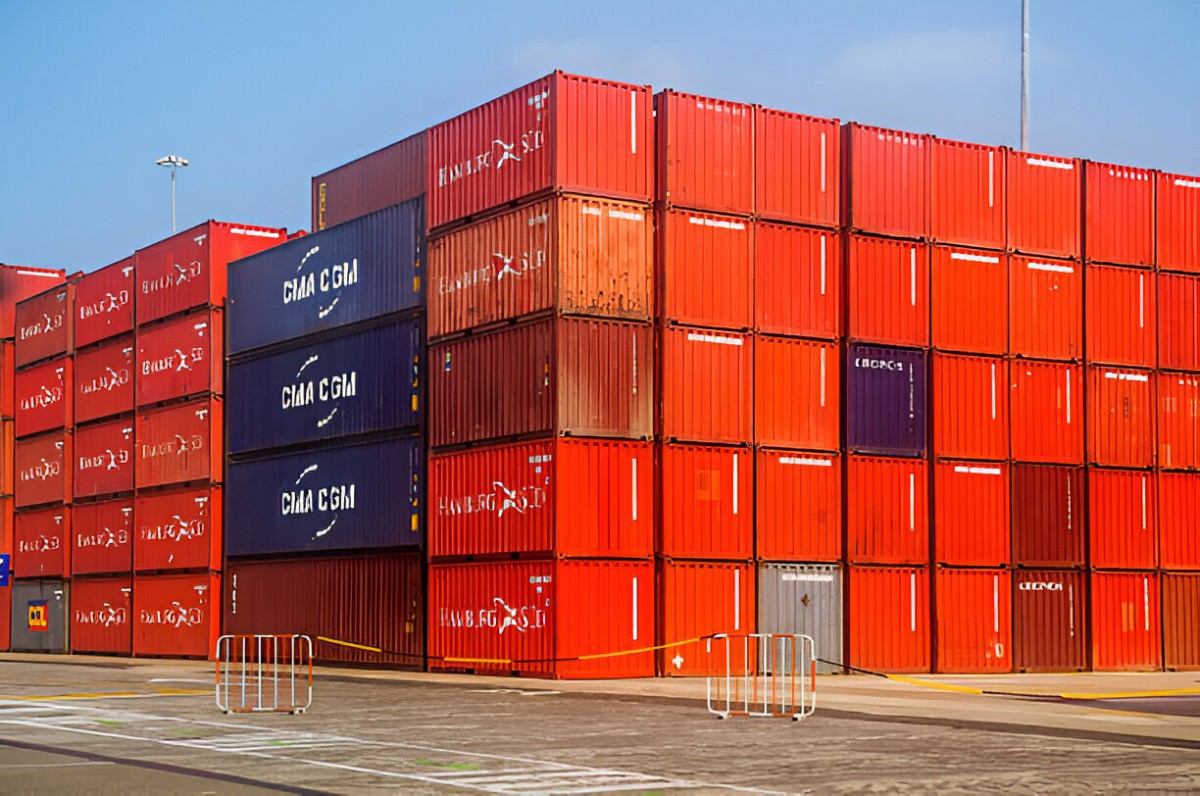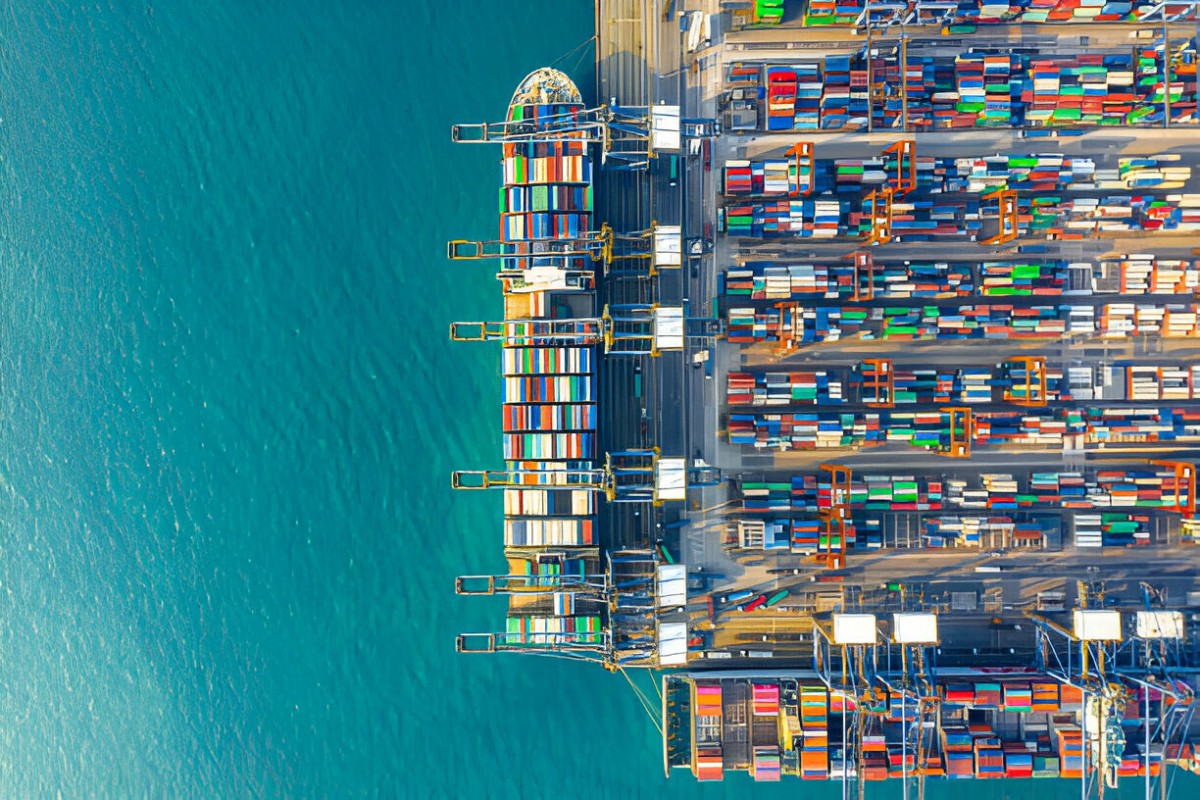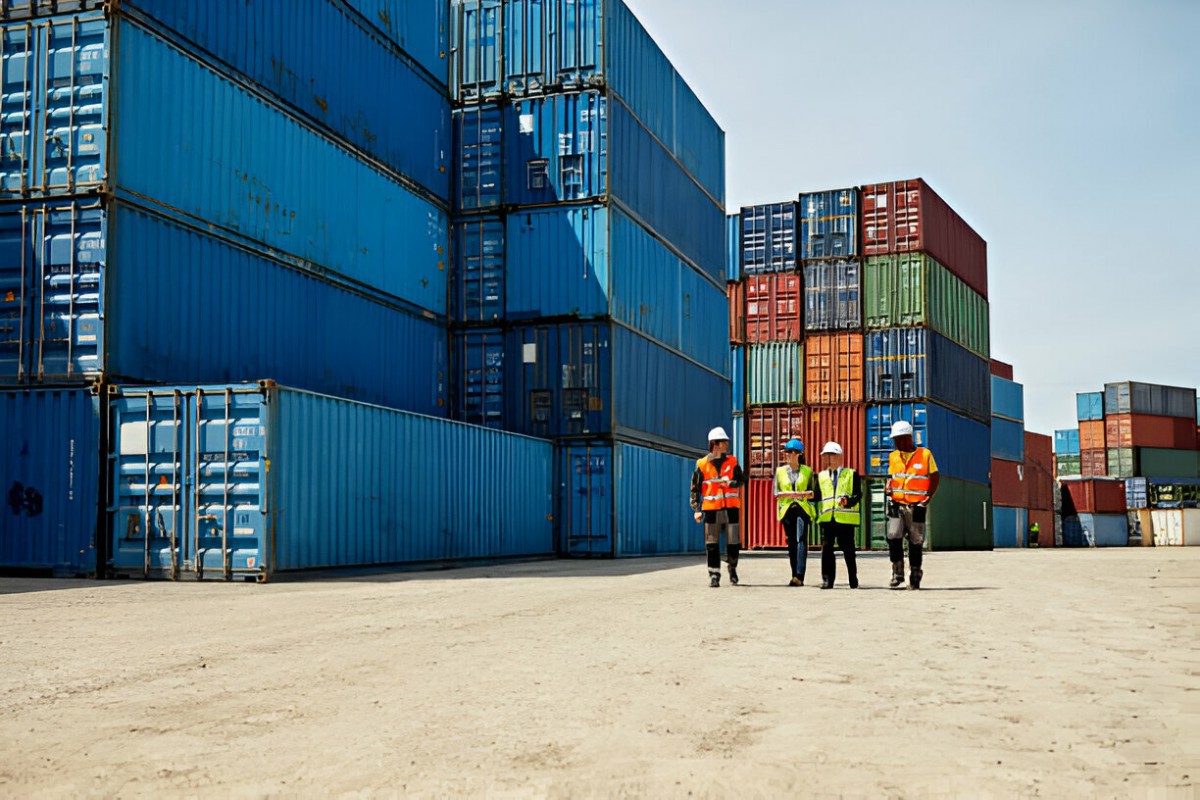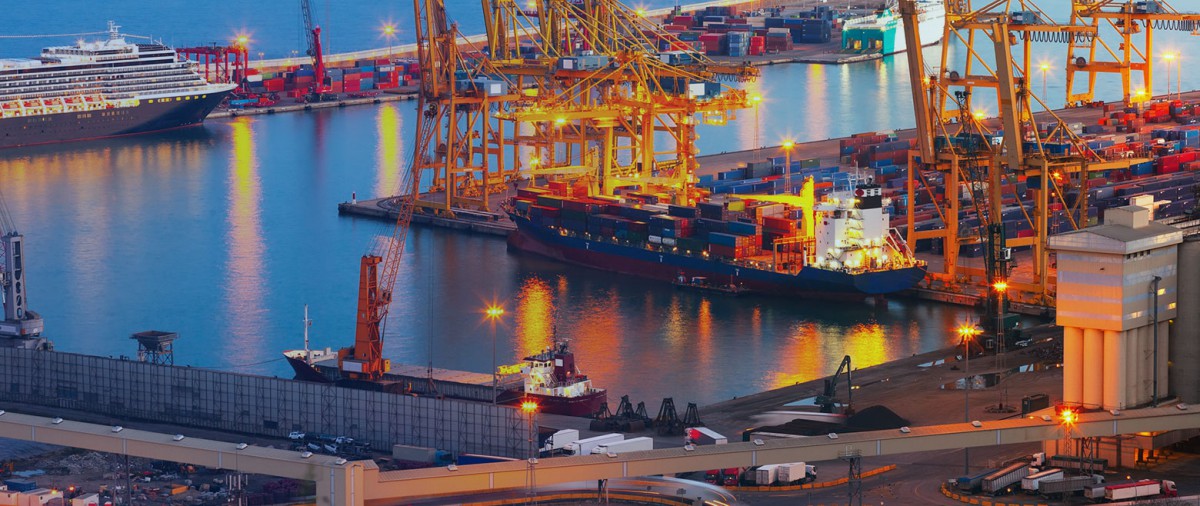The maritime industry forms the backbone of global trade, with cargo ships transporting an estimated 80% of all goods traded internationally. The diversity in cargo ships reflects their specialized roles in catering to various shipping needs. This article delves into the types of cargo ships in operation and provides a comprehensive analysis of their roles and numbers globally.
1. Container Ships
Container ships are the workhorses of the shipping industry, designed to carry standardized shipping containers. These vessels are essential for transporting manufactured goods, electronics, and other consumer products.
- Feeder Ships: These smaller vessels operate on short-distance routes, typically connecting regional ports to major transshipment hubs. They usually have a capacity ranging between 300 to 3,000 TEUs (Twenty-foot Equivalent Units).
- Panamax Ships: These ships are built to fit the dimensions of the Panama Canal, with a maximum capacity of approximately 5,000 TEUs. They play a pivotal role in intercontinental trade.
- Post-Panamax Ships: Larger than Panamax ships, these vessels can carry between 10,000 to 14,000 TEUs. Their size often restricts them to deep-water ports.
- Ultra Large Container Ships (ULCS): These giants of the seas are designed to maximize economies of scale, carrying up to 24,000 TEUs. They are predominantly used on high-volume routes between Asia and Europe.
2. Bulk Carriers
Bulk carriers transport unpackaged bulk goods such as grains, coal, ore, and cement. They are categorized based on their cargo capacity:
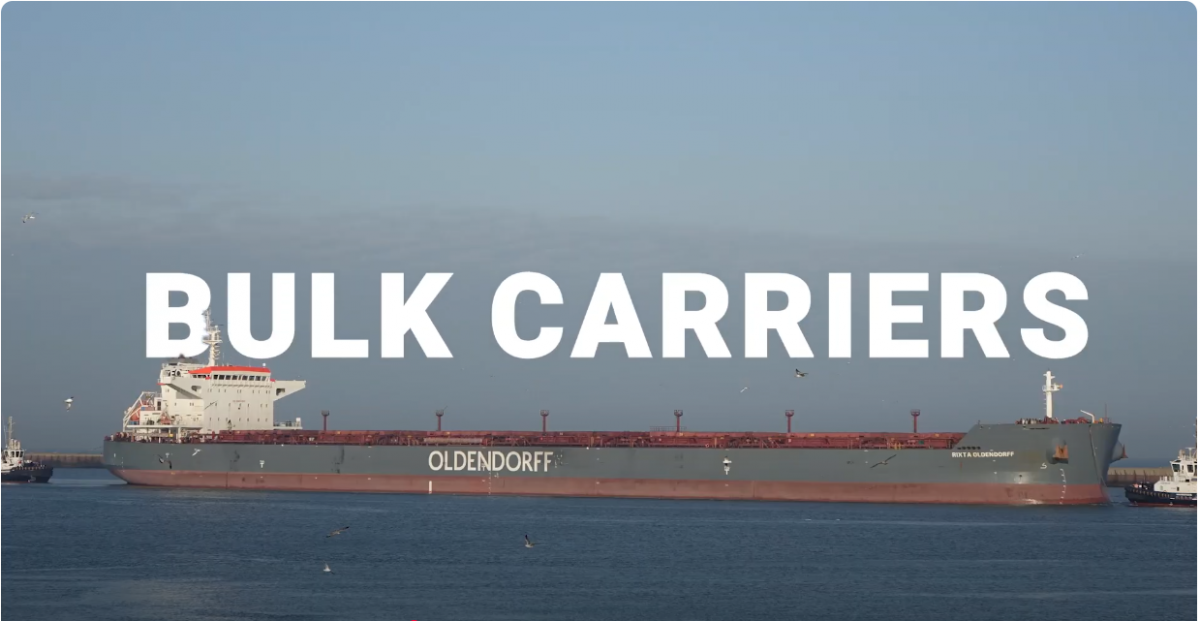
- Handysize: Small bulk carriers ideal for shallow ports, typically carrying up to 35,000 DWT (Deadweight Tonnage).
- Panamax and Post-Panamax Bulk Carriers: Similar in size to their container ship counterparts, these vessels handle larger loads and navigate major canals.
- Capesize: Too large for canals, these ships primarily operate on oceanic routes, carrying heavy loads like iron ore and coal.
3. Oil Tankers
Oil tankers specialize in transporting crude oil and refined petroleum products. They are vital for the energy sector and are classified by size:
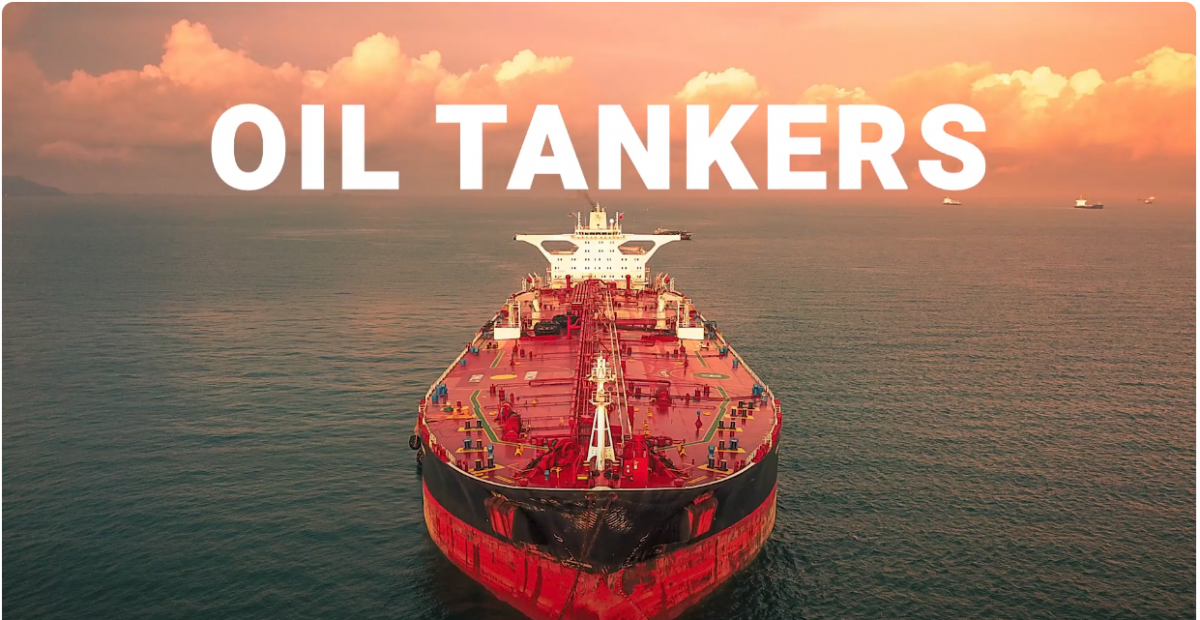
- Aframax: Medium-sized tankers with a capacity of 80,000 to 120,000 DWT.
- Suezmax: Larger tankers that can transit the Suez Canal, typically carrying 120,000 to 200,000 DWT.
- VLCC and ULCC: Very Large Crude Carriers and Ultra Large Crude Carriers are capable of transporting over 300,000 DWT, primarily used on transoceanic routes.
4. Gas Carriers
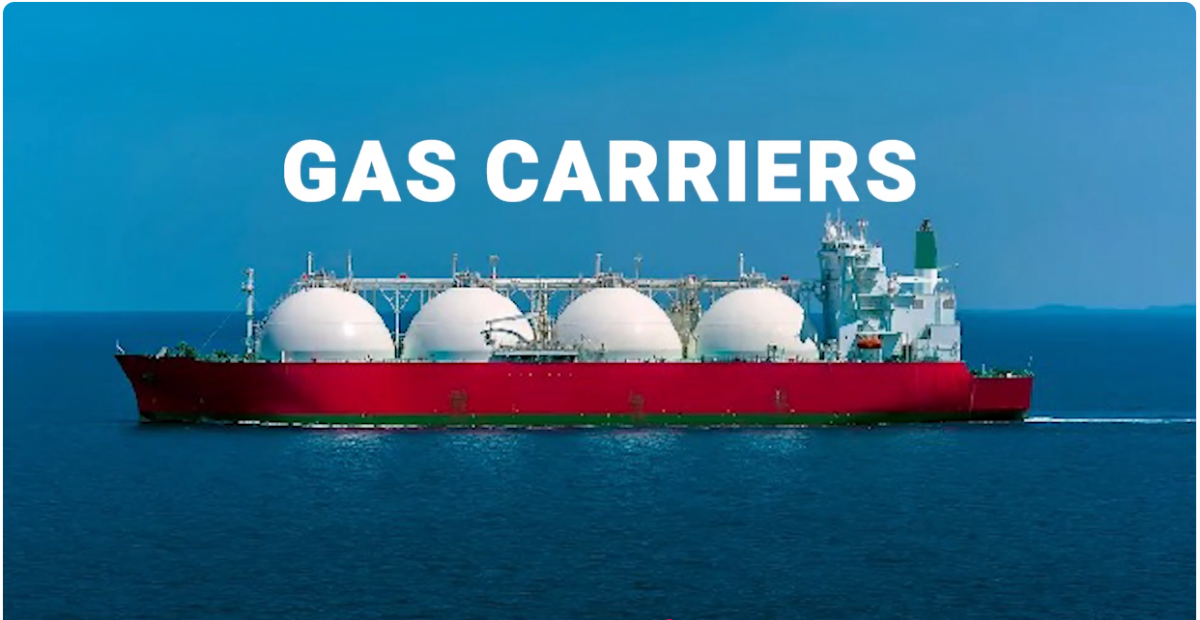
Gas carriers transport liquefied natural gas (LNG) and liquefied petroleum gas (LPG). These vessels are highly specialized, featuring insulated tanks to maintain cargo at extremely low temperatures.
5. Reefer Vessels
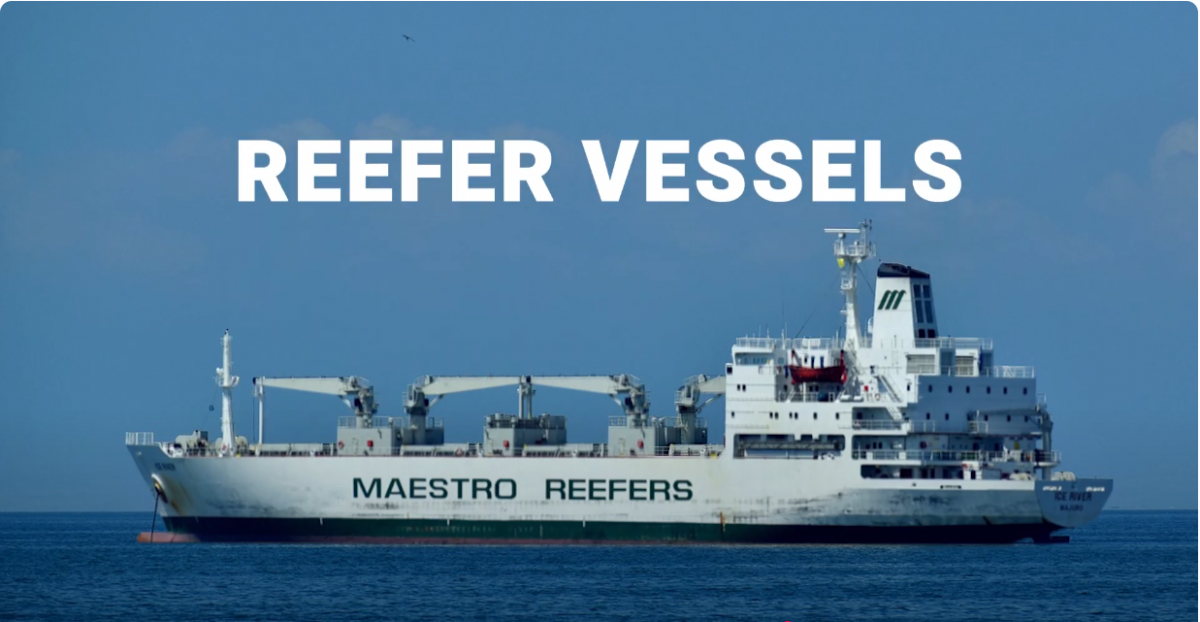
Reefer vessels are temperature-controlled ships designed for perishable goods such as fruits, vegetables, meat, and seafood. They are equipped with advanced refrigeration systems to ensure the quality of their cargo during transit.
6. Ro-Ro Ships
Roll-on/Roll-off (Ro-Ro) ships are designed to carry wheeled cargo, including cars, trucks, and trailers. Their unique design allows vehicles to be driven on and off the vessel efficiently.
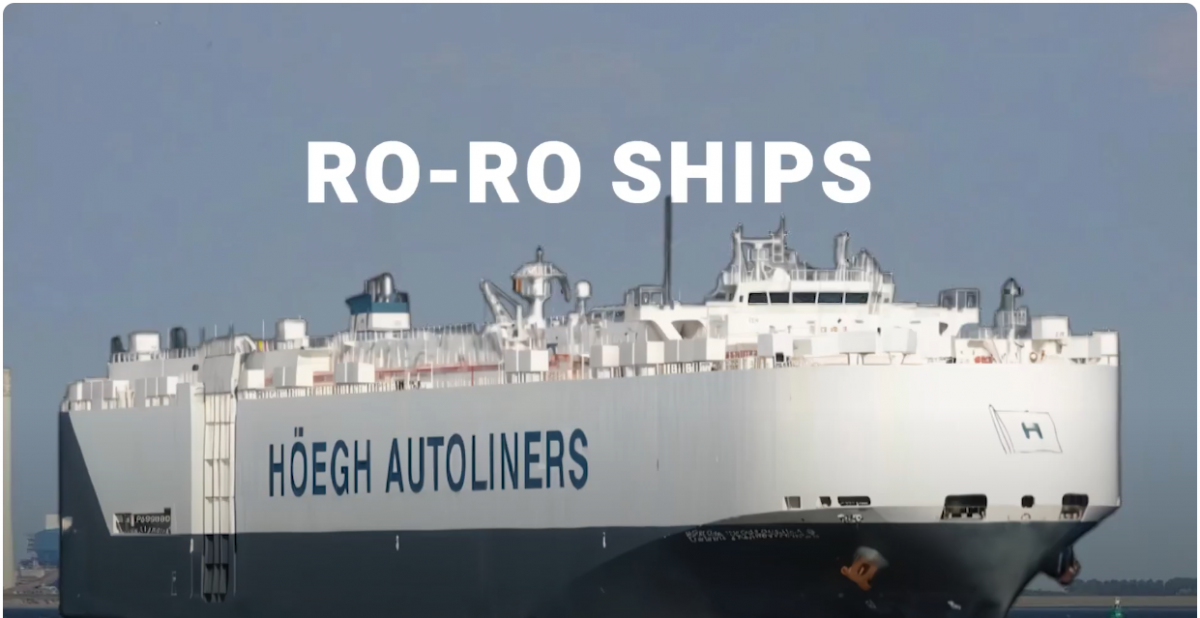
7. Livestock Carriers
Livestock carriers transport live animals such as cattle, sheep, and pigs. These ships feature specialized ventilation systems, watering facilities, and waste management systems to ensure animal welfare.
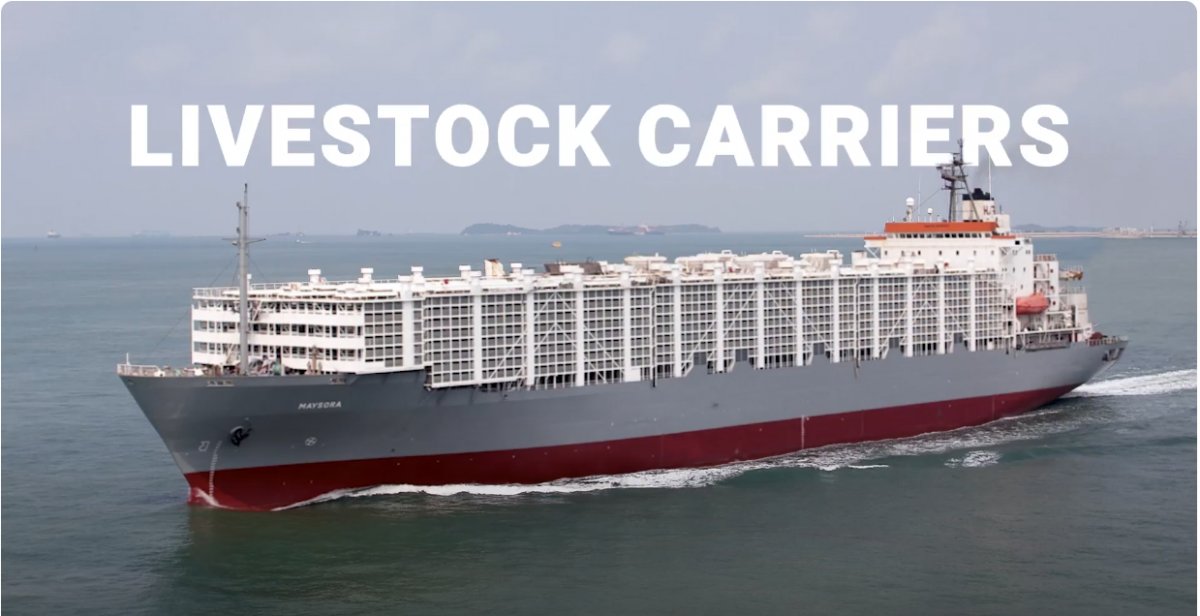
Global Fleet Size and Distribution
As of the latest estimates, the global fleet consists of over 50,000 merchant vessels, with cargo ships making up a significant portion. Here is a breakdown:
- Container Ships: Approximately 5,500 active vessels.
- Bulk Carriers: Around 12,000 ships.
- Oil Tankers: Over 7,000 tankers.
- Gas Carriers: Approximately 1,500 vessels.
- Reefer Vessels: Around 800 ships.
- Ro-Ro Ships: Roughly 1,200 vessels.
- Livestock Carriers: Less than 200 specialized ships.
Cargo ships are indispensable to the global economy, each type playing a specific role in meeting diverse transportation needs. From the massive Ultra Large Container Ships to the specialized Reefer Vessels and Livestock Carriers, the global fleet reflects the complexity and efficiency of modern maritime logistics. As international trade continues to grow, so does the importance of understanding and optimizing these maritime giants.

